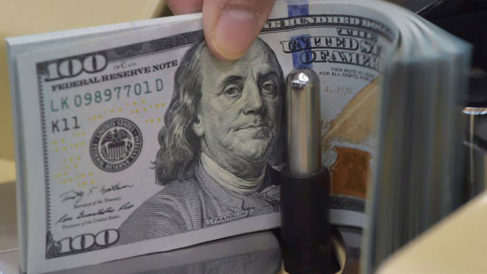From January to October 2023, Nigeria utilized 50% of its dollar outflows, totalling $3.07 billion, for servicing foreign debts, according to data from the Central Bank of Nigeria (CBN). This substantial allocation underscores the escalating challenge of managing the nation’s foreign debt and its economic impact.
The breakdown of the external debt servicing payments during this period is as follows:
- January: $112.35 million
- February: $288.54 million
- March: $400.47 million
- April: $92.85 million
- May: $221.05 million
- June: $54.36 million
- July: $641.69 million
- August: $309.96 million
- September: $439.06 million
- October: $509.73 million
Comparatively, the total figure of $3.07 billion reflects a 38% increase from the $2.22 billion spent during the same period in 2022, highlighting the growing burden of foreign debt on Nigeria’s economy.
A closer examination reveals that direct remittance accounted for approximately 31% ($1.91 billion) of the total foreign payments ($6.11 billion) within the specified period. Concurrently, letters of credit constituted $1.14 billion (19%) of the dollar outflows. Despite the increase in overall spending, there was a marginal decline of 1% in direct remittance and a 7% decrease in letter of credit payments compared to the corresponding period in 2022.
A Letter of Credit (LC) is a payment method specifically employed to import visible goods.
This data underscores Nigeria’s ongoing challenges in managing its foreign debt obligations, necessitating careful consideration of economic strategies to maintain financial stability.











